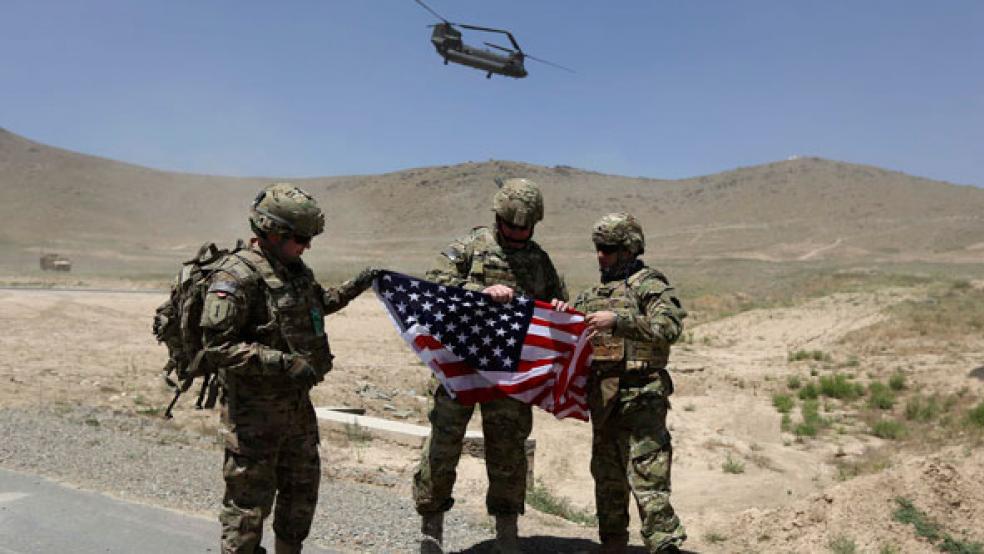In the years since the 9/11 attacks propelled the U.S. into war in Afghanistan – and the alleged threat of weapons of mass destruction in Iraq led the country to war there as well – it has become much more expensive for the U.S. to keep a soldier or sailor on active duty.
According to a joint research project by the Bipartisan Policy Center (BPC) and the American Enterprise Institute (AEI), the Defense Department spends 43 percent more, on average, every year on service members’ compensation, after adjusting for inflation. In 2001, the study finds, total compensation costs, including salary, health care, retirement programs, commissaries and other services were $88,000 per service member in today’s dollars. By 2012, that figure had risen to $125,000.
Related: Obama Makes the Middle East Our New ‘Quagmire’
The figures calculated by BPC and AEI reflect only DOD’s spending on active duty personnel. The figures don’t include funding for the Department of Veterans Affairs and other services delivered outside the DOD budget. Also left out of the calculation are personnel costs related to the ongoing war in Afghanistan.

The increased per capita personnel costs are particularly significant because of continuing cuts to the defense budget, which began with the sequester in 2013 and 2014, and are expected to continue into the future. To be sure, defense spending remains significantly higher than it was in 2001, but the findings of the report suggest that as personnel costs take up an increasingly large share of the budget, other priorities risk being crowded out.
“Unless structural changes come soon, the only way to meet the sequester spending caps set in the Budget Control Act of 2011 would be to continue to shrink the armed forces or cut other essential portions of the defense budget,” the authors write. “There is no doubt that unchecked personnel cost growth would crowd out other critical investments in training, readiness, modernization, and innovation.”
Top Reads from The Fiscal Times:





